Thinking About Homemade Dog Food? An Honest Guide From Someone Who’s Seen It All
Over my years working with canine diets, from busy vet clinics to specialized breeding programs, there’s one topic that always pops up: making dog food at home. I’ve seen that look in so many owners’ eyes. You want the absolute best for your dog, and cooking a fresh meal feels like the ultimate act of love. Honestly, I get it. My whole journey into this field started because of my own German Shepherd, who had terrible skin allergies that no store-bought kibble could fix.
In this article
- First Things First: It’s More Than Just Meat and Veggies
- Your First Step: Don’t Go It Alone
- Gearing Up: Your Kitchen Setup
- What Does a Balanced Meal Actually Look Like?
- Let’s Talk Money and Time: The Real Commitment
- How This Compares to Other Food Options
- The Final, Critical Ingredient: Supplements
- A Final Word of Caution (and Encouragement)
- Inspirational Gallery
Preparing your dog’s food can be incredibly rewarding. You get total control over every single ingredient that goes into their bowl. But I have to be completely upfront with you—this is not a casual hobby. Switching from a scientifically balanced bag of food to a homemade diet is like deciding to fly a plane after only ever being a passenger. Without the right knowledge, you can accidentally cause serious, long-term harm.

The internet is, unfortunately, flooded with simple, cute-looking recipes that are dangerously unbalanced. This guide is my attempt to give you a real-world perspective on how to do this right, so it actually helps your dog thrive.
First Things First: It’s More Than Just Meat and Veggies
Before we even dream about recipes, we have to talk about what a dog’s body actually needs. It’s a complex puzzle of nutrients. Commercial dog foods are carefully formulated to meet established nutritional standards, which are based on a huge body of scientific research. When you decide to cook at home, you become the one responsible for hitting all those targets yourself.
The Main Building Blocks
These are the core of the diet: protein, fat, and carbohydrates. They provide the energy and materials for everything your dog’s body does.
- Protein: This is crucial for building muscle, repairing tissue, and making hormones and enzymes. For dogs, animal-based proteins from sources like chicken, beef, or fish are best because they contain the complete set of amino acids they need. A diet lacking in quality protein often leads to a dull coat, loss of muscle, and a weak immune system.
- Fat: Believe it or not, this is a dog’s most important energy source—way more than carbs. Fats are also essential for absorbing certain vitamins (like A, D, E, and K) and supplying vital fatty acids like Omega-3 and Omega-6, which are amazing for skin, brain, and joint health.
- Carbohydrates: While dogs don’t technically need carbs to survive, healthy ones can be a great source of energy and fiber. Think sweet potatoes, brown rice, or oatmeal. The key here is that they absolutely must be cooked. A dog’s digestive system just isn’t built to handle raw starches effectively.

The Hidden Dangers: Micronutrients
This is the number one area where homemade diets go wrong. We’re talking about the vitamins and minerals needed in tiny amounts, but their absence can be a disaster. The most critical relationship is between calcium and phosphorus. They need to be in a very specific ratio, roughly 1.2 parts calcium for every 1 part phosphorus. A super common recipe you’ll see online—ground beef and rice—is a perfect example of a terrible imbalance. It’s packed with phosphorus but has almost no calcium. Over time, the dog’s body will desperately try to balance this by pulling calcium from its own skeleton. I have personally seen the x-rays of young dogs with fractures from this exact mistake. It’s a heartbreaking and completely preventable situation.
Your First Step: Don’t Go It Alone
I cannot say this loudly enough: please do not start this journey by yourself. Before you even make a grocery list, you need to partner with a professional. Your best bet is a board-certified veterinary nutritionist. You can find a directory of them online through the American College of Veterinary Nutrition. Your regular vet is another option, but only if they have specific, advanced training in nutrition.
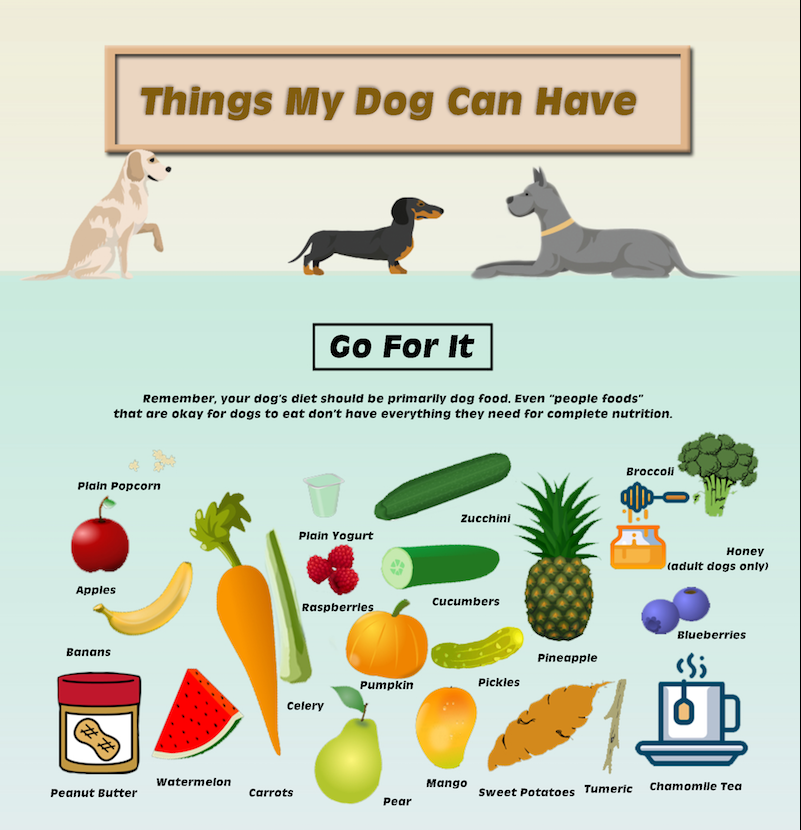
Heads up! The term “canine nutritionist” isn’t regulated, so anyone can use it. A board-certified pro has years of extra training, and they’re the gold standard.
So, what does this actually look like? And what’s the damage to your wallet? You should expect the initial consultation and custom recipe formulation to cost somewhere between $300 and $600. It’s an investment, but it’s the foundation for doing this safely. The process usually involves:
- A full health check-up on your dog, including blood work, to get a baseline.
- A deep dive into your dog’s age, breed, weight, activity level, and any health issues. A working farm dog’s needs are worlds away from a senior city-dwelling Pug’s.
- The nutritionist will use all that info to create a specific, balanced recipe tailored just for your dog. It will include precise weights for every single ingredient.
- Regular check-ins to monitor your dog’s health and make adjustments as needed.
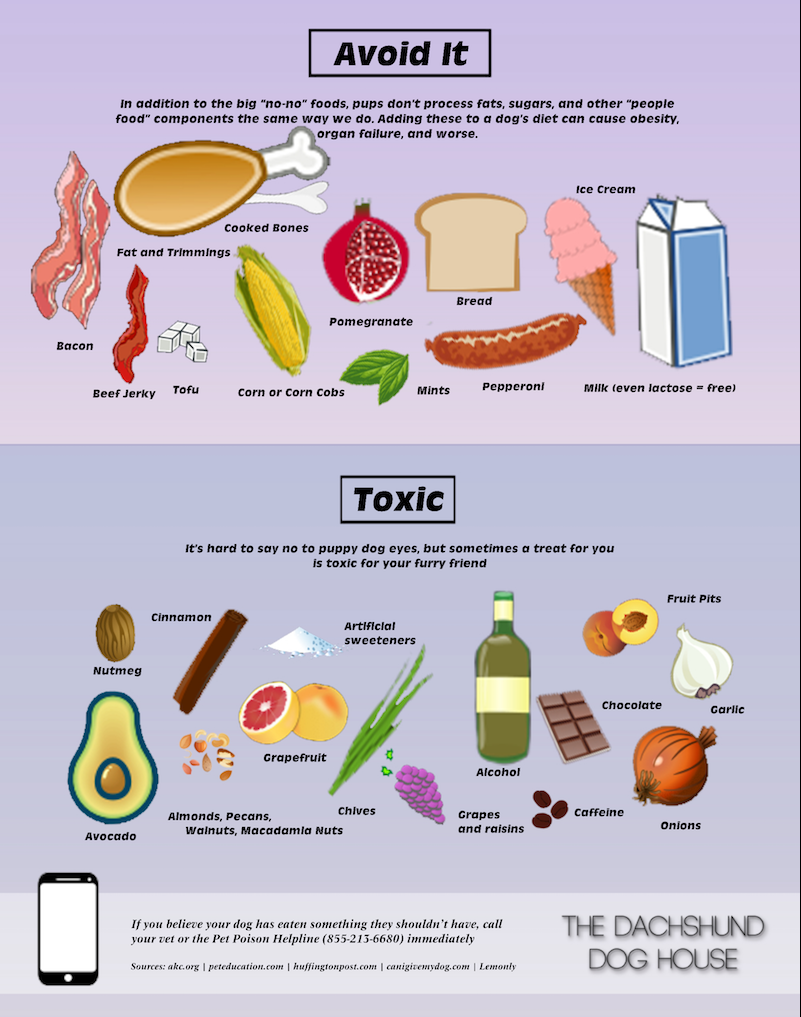
Gearing Up: Your Kitchen Setup
Once you have that professional recipe in hand, it’s time to cook. Consistency and accuracy are everything.
You don’t need a fancy chef’s kitchen, but a few tools are non-negotiable. Here’s a quick shopping list:
- Digital Kitchen Scale: This is a must-have. Measuring cups are not accurate enough. You can get a perfectly good one online for about $15.
- Large Stockpot or Dutch Oven: You’ll be cooking in batches, so a big pot (at least 8 quarts) is a lifesaver. Expect to spend around $40 for a solid one.
- Food Processor: This is for pulverizing veggies to make them easier for your dog to digest. A basic model will run you about $50.
- Airtight Storage Containers: Glass or BPA-free plastic is ideal for storing portions in the fridge and freezer.
What Does a Balanced Meal Actually Look Like?
To make this less abstract, let’s talk numbers. I want to show you a hypothetical example of what a professionally balanced meal might involve, just so you can see the level of detail. CRITICAL WARNING: This is an illustration ONLY. Do not make this for your dog. Your dog’s needs are unique.
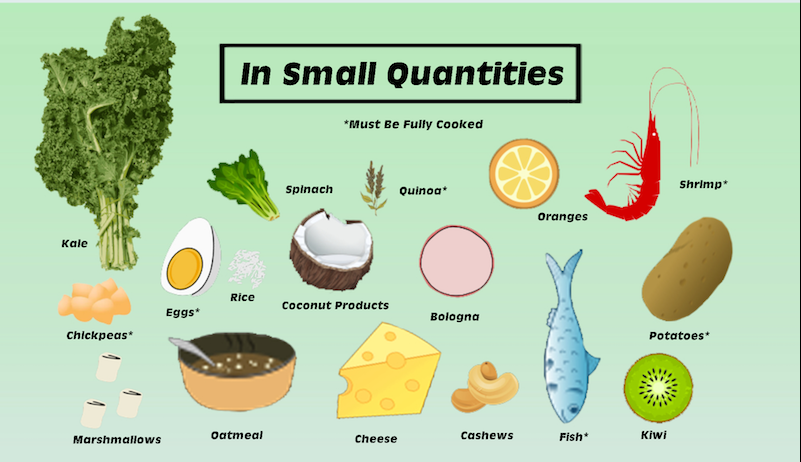
A recipe for a 40-pound active dog might include:
- 150g cooked ground turkey (93% lean)
- 200g cooked and mashed sweet potato
- 50g finely minced green beans
- 5g fish oil
- 10g of a specific vitamin and mineral supplement (prescribed by the nutritionist)
See? It’s all about precise weights. And by the way, swapping ingredients isn’t simple. For instance, if you swapped that 93% lean turkey for the same amount of 85% lean turkey, you’d be adding around 15 grams of extra fat and nearly 140 extra calories. That’s why you can’t just eyeball it or make substitutions without professional guidance.
Let’s Talk Money and Time: The Real Commitment
Okay, so what does this actually cost and how much time does it take? Based on the example above, a week’s worth of food for a 40-pound dog could look something like this:
- Ground Turkey: $15
- Sweet Potatoes: $5
- Bag of Frozen Green Beans: $3
- Fish Oil & Supplements (pro-rated): about $10/week
- Total Weekly Cost: ~$33
As for time, once you get a system down, you can probably do a big batch cook for 1-2 weeks in about 2 to 3 hours. A quick tip: a slow cooker is your best friend. You can just toss in the meat, carbs, and veggies in the morning and let it cook all day. Another hack? Buy pre-chopped frozen vegetables to slash your prep time.

How This Compares to Other Food Options
It helps to know where this approach fits in. Here’s a quick rundown:
- High-Quality Kibble: This is the easiest and most affordable option. The nutrition is scientifically balanced and guaranteed. The downside is you have less control over the specific ingredients.
- Subscription Fresh Food: This is a great middle ground. It offers the benefit of fresh, whole-food ingredients but with the convenience of having it pre-portioned and delivered. It’s more expensive than kibble, but less work than DIY.
- Pro-Guided Homemade: This gives you the ultimate control over every single ingredient. It’s often the best choice for dogs with severe allergies or specific health needs. However, it requires the biggest commitment in terms of time, research, and money.
The Final, Critical Ingredient: Supplements
It’s pretty much impossible to meet all of your dog’s nutritional needs with just grocery store foods. You’ll almost always be short on crucial nutrients like zinc, iodine, and certain vitamins. You HAVE to use a supplement.
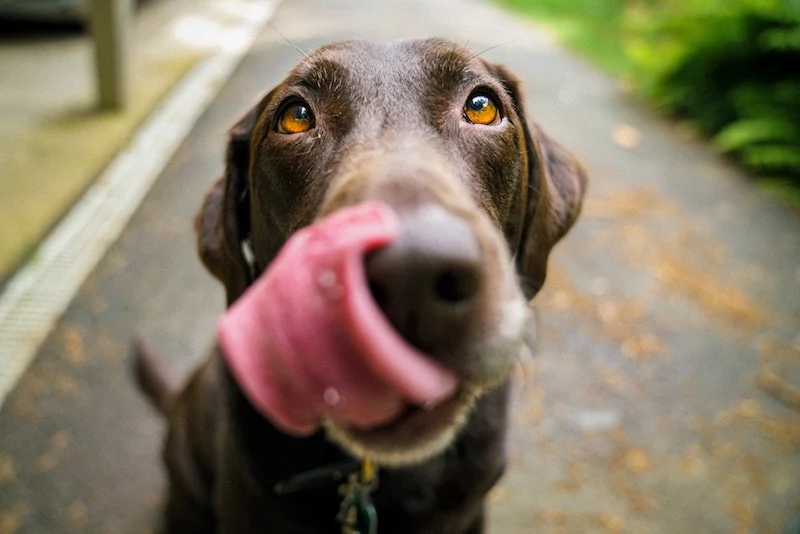
The safest way to do this is with a pre-formulated vitamin and mineral mix designed specifically for balancing homemade dog food. Your veterinary nutritionist will recommend a product and give you the exact amount to add. Do not, under any circumstances, use a human multivitamin—the nutrient ratios are wrong for dogs and can be toxic.
A Final Word of Caution (and Encouragement)
Your kitchen can be a minefield of potential dangers for a dog. Always keep these toxic foods far away:
- Onions, Garlic, and Chives: These can damage red blood cells.
- Grapes and Raisins: Known to cause sudden kidney failure.
- Chocolate: Especially dark chocolate, it’s a potent toxin.
- Xylitol: An artificial sweetener in many sugar-free products that is EXTREMELY dangerous. Always check peanut butter labels!
- Cooked Bones: They splinter easily and can cause catastrophic internal damage. Never, ever give a dog a cooked bone.
Making your dog’s food is a serious commitment. It takes more time and often costs more than buying premium commercial food. But if you’re dedicated and you partner with a professional, it can be one of the most fulfilling things you do for your best friend.
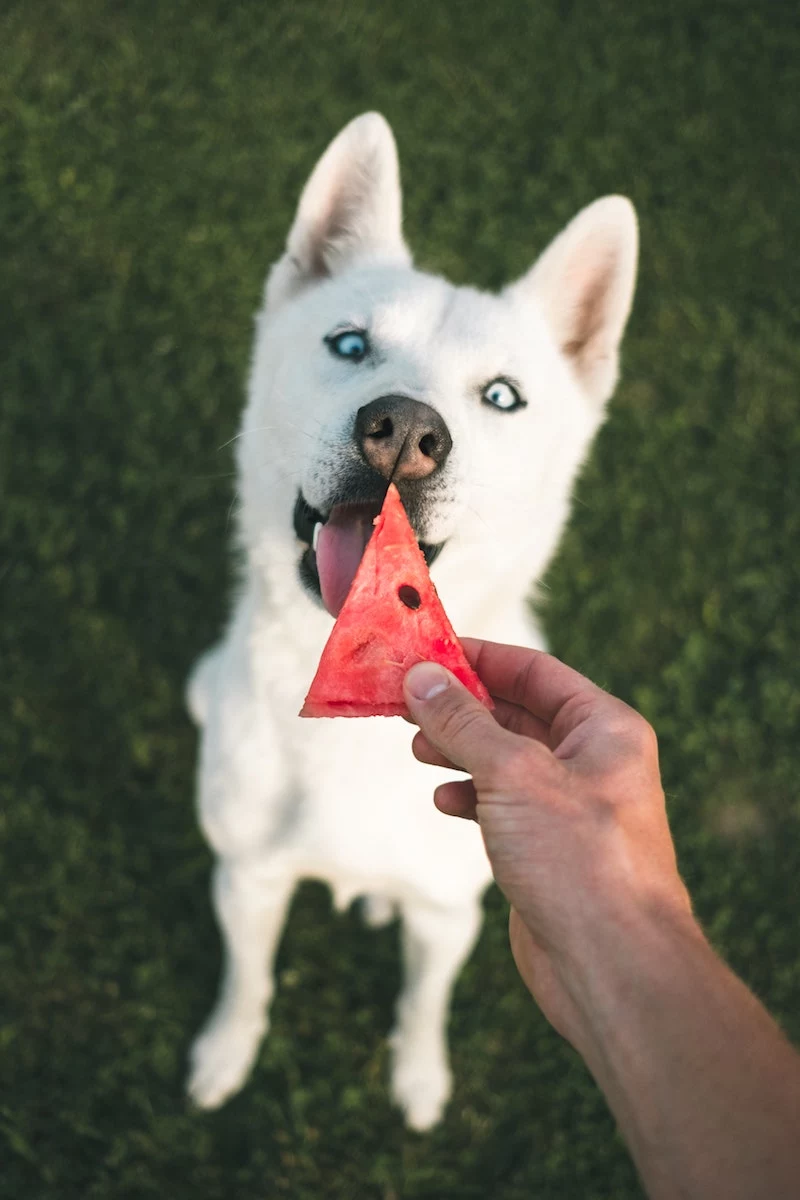
Feeling a little overwhelmed? That’s totally normal. If you’re not ready for the full plunge, here’s a super safe way to start. Try adding one tablespoon of plain, canned pumpkin (NOT the sugary pie filling!) to your dog’s current food. It’s a small, healthy step toward incorporating fresh ingredients into their life.
Inspirational Gallery
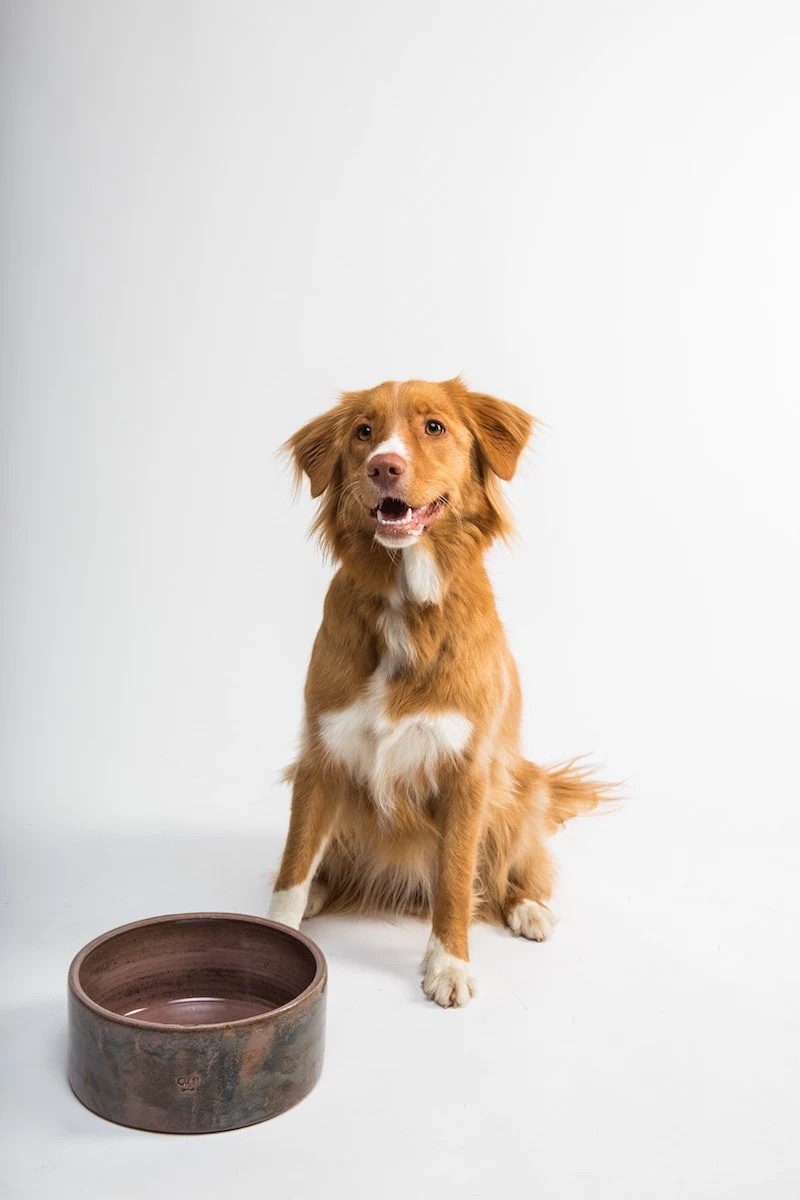
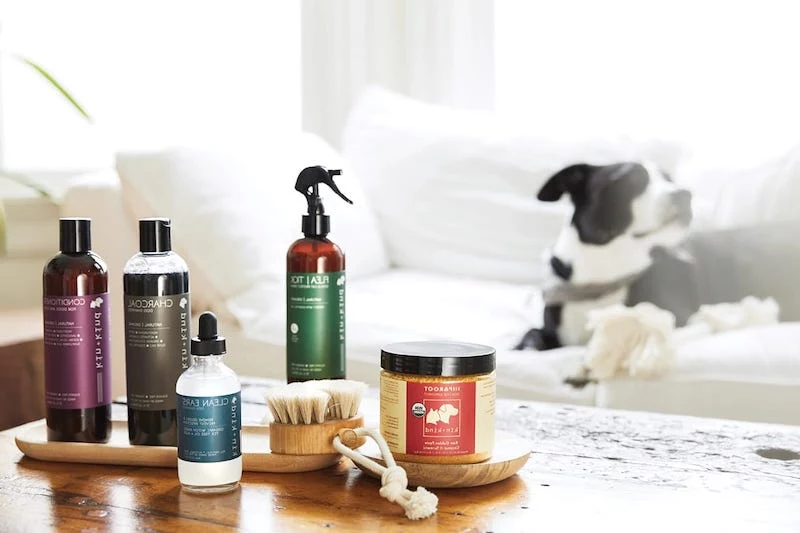
The Calcium Conundrum: One of the most critical and frequently overlooked nutrients in homemade diets is calcium. Ground meat and vegetables provide almost none. Without it, dogs can develop serious bone issues or a condition called nutritional secondary hyperparathyroidism. Your vet-approved recipe must include a precise calcium source, whether it’s calcium carbonate, bone meal powder, or finely crushed eggshells (properly measured!).

According to a 2013 study from UC Davis, over 95% of homemade dog food recipes found online are nutritionally deficient in at least one essential nutrient.
This startling statistic underscores why consulting a veterinary nutritionist is not a luxury, but a necessity. Relying on unvetted internet recipes, even those that look healthy, is a significant gamble with your dog’s long-term health. A professional can help you formulate or verify a recipe that truly meets AAFCO standards.

Thinking about adding grains? It’s a hot topic, but for many dogs, the right carbs are a fantastic source of energy and fiber. Consider these powerhouse options:
- Oats: Cooked oatmeal is gentle on the stomach and a good source of soluble fiber.
- Brown Rice: A classic choice, easily digestible and provides manganese.
- Quinoa: A complete protein that offers all essential amino acids.

Can I just use my daily multivitamin for my dog?
Absolutely not. Human nutritional needs are vastly different from canine ones. Human vitamins can contain levels of certain nutrients (like Vitamin D) that are toxic to dogs, or lack others they need in higher amounts (like zinc). Worse, many contain xylitol, an artificial sweetener that is extremely poisonous to dogs. Always use a supplement blend specifically formulated for homemade dog food, such as Balance IT or Just Food For Dogs’ DIY Nutrient Blend.
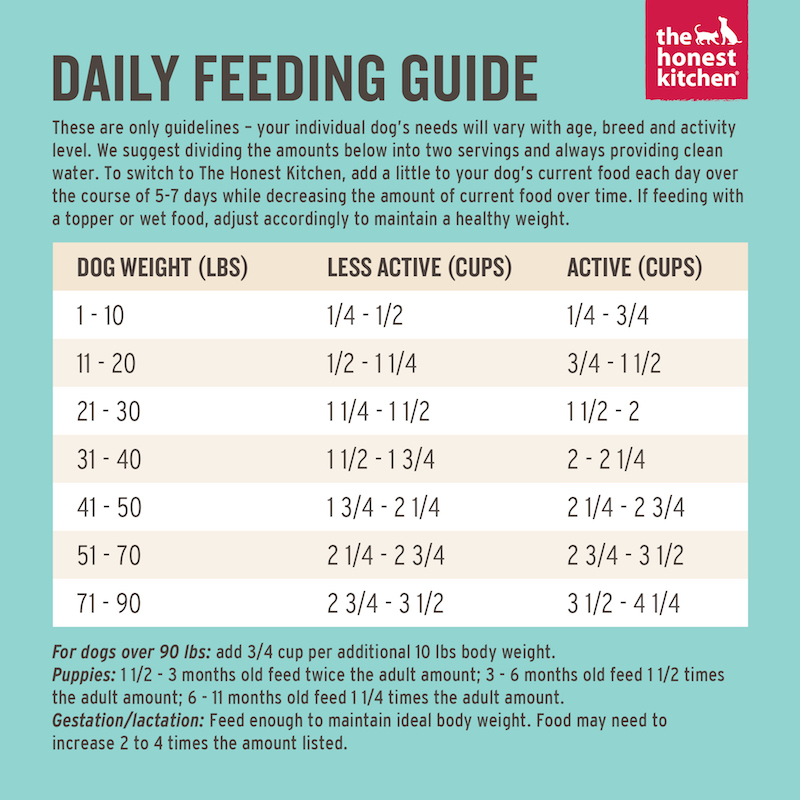
Batch cooking is your best friend on this journey. Dedicate a few hours on a Sunday to cook, portion, and freeze meals for the week or even the month ahead. Use freezer-safe silicone trays or reusable bags to create daily portions. This not only saves immense time but also ensures consistency in every meal your dog receives.

- A glossier, softer coat.
- Improved energy levels.
- Better digestion and firmer stools.
The secret? The power of Omega-3 fatty acids. While chicken fat is a good energy source, it’s low in Omega-3s. A crucial addition to most homemade diets is a quality fish oil (like Nordic Naturals Omega-3 Pet) or integrating small, oily fish like sardines packed in water (no salt added) a few times a week.
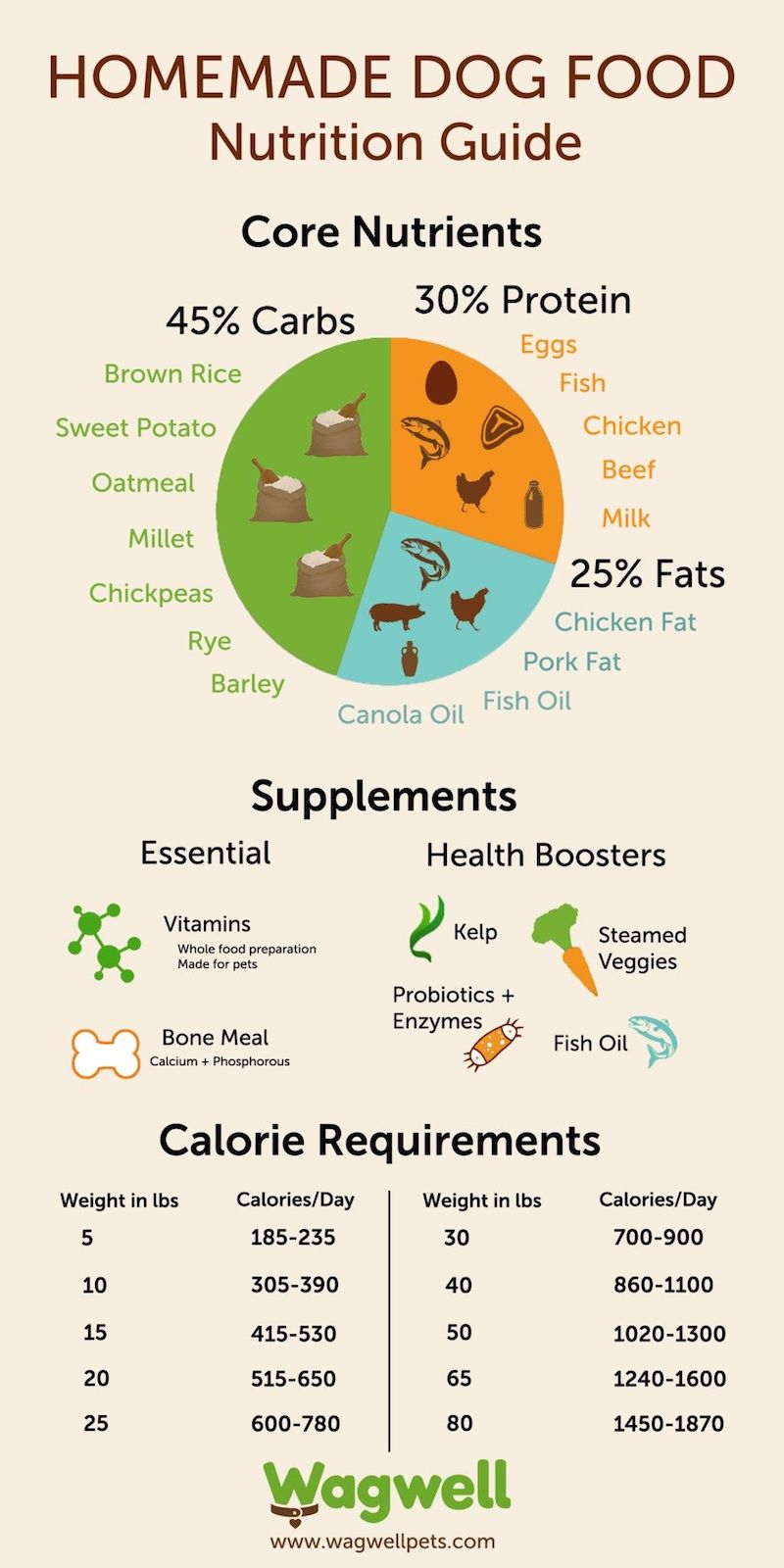
A dog’s sense of smell is estimated to be 10,000 to 100,000 times more powerful than a human’s.
This is why the aroma of fresh, warm food can be a game-changer for picky eaters or senior dogs with a diminished appetite. The simple act of gently warming a homemade meal releases its scents, making it far more enticing than cold, dry kibble. It transforms mealtime from a routine into a sensory experience.

Stainless Steel Bowls: Non-porous, easy to sterilize, and incredibly durable. They don’t harbor bacteria like scratched plastic can.
Ceramic Bowls: Heavy and stable, which is great for enthusiastic eaters. Ensure they are coated in a lead-free, food-grade glaze, as chipped ceramic can expose porous material.
For hygiene and safety, stainless steel is often the veterinarian-recommended choice for any type of food, fresh or kibble.
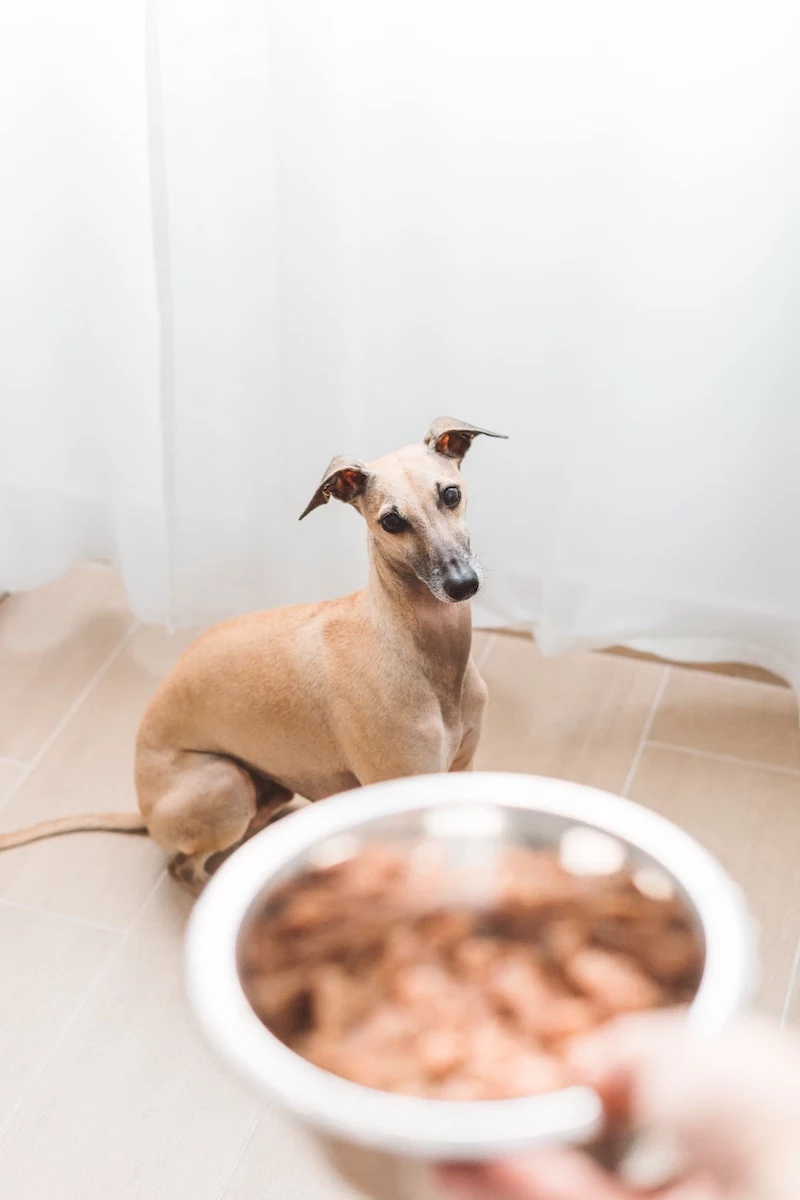
Don’t be afraid of organ meats! They are nutrient-dense superfoods for dogs. In the wild, organs are often the first part of a kill to be eaten. Liver, for example, is rich in Vitamin A, while heart is an excellent source of taurine. They should only make up a small portion of the total diet (around 5-10%), but their nutritional punch is immense.
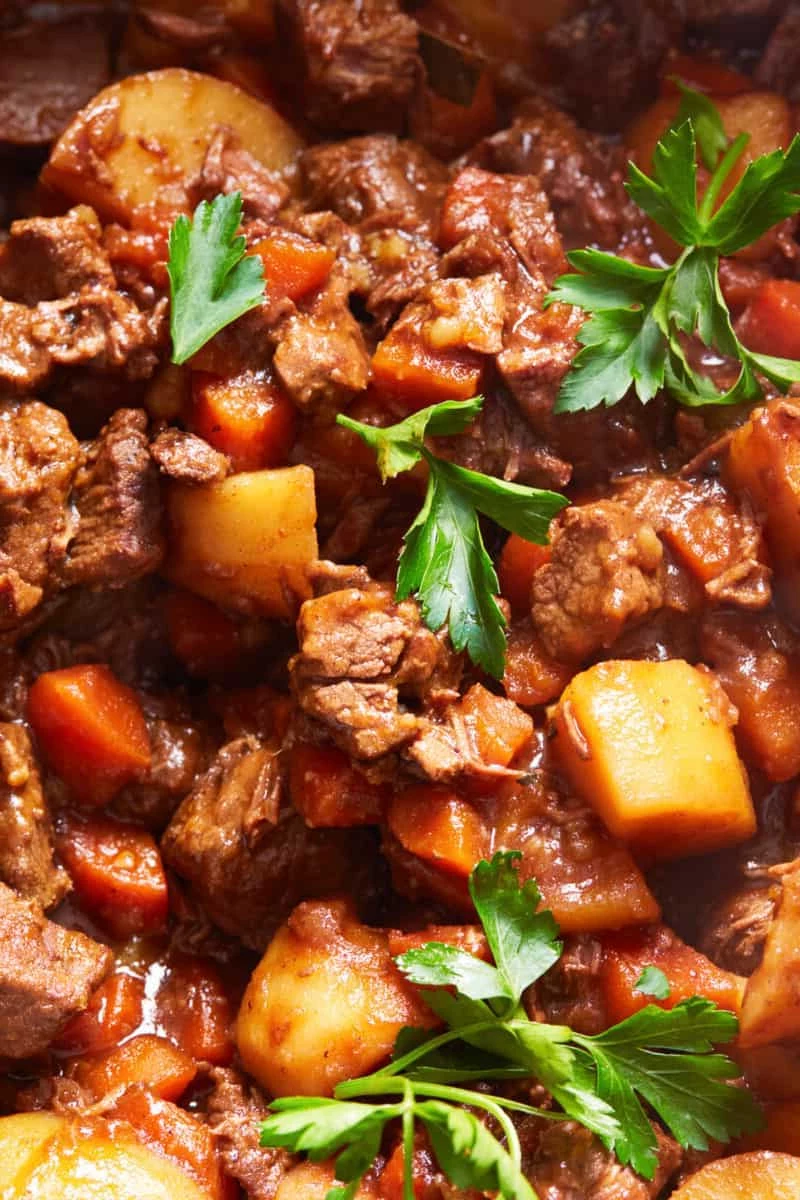
Not ready to commit 100%? Consider a hybrid approach. Using a high-quality kibble as a base and adding a ‘topper’ of fresh, dog-safe ingredients can be a great first step. A spoonful of cooked sweet potato, some shredded carrots, or a bit of lean ground turkey can enrich their meal without the risk of unbalancing their core nutrition.

- Gently Steam: Preserves the most nutrients in vegetables like broccoli and green beans compared to boiling.
- Never Add Onions or Garlic: Even in powdered form, they are toxic to dogs, causing damage to their red blood cells.
- Cook Meats Thoroughly: While raw diets are a separate philosophy, for a cooked homemade diet, ensure meats reach a safe internal temperature to kill pathogens like Salmonella and E. coli.
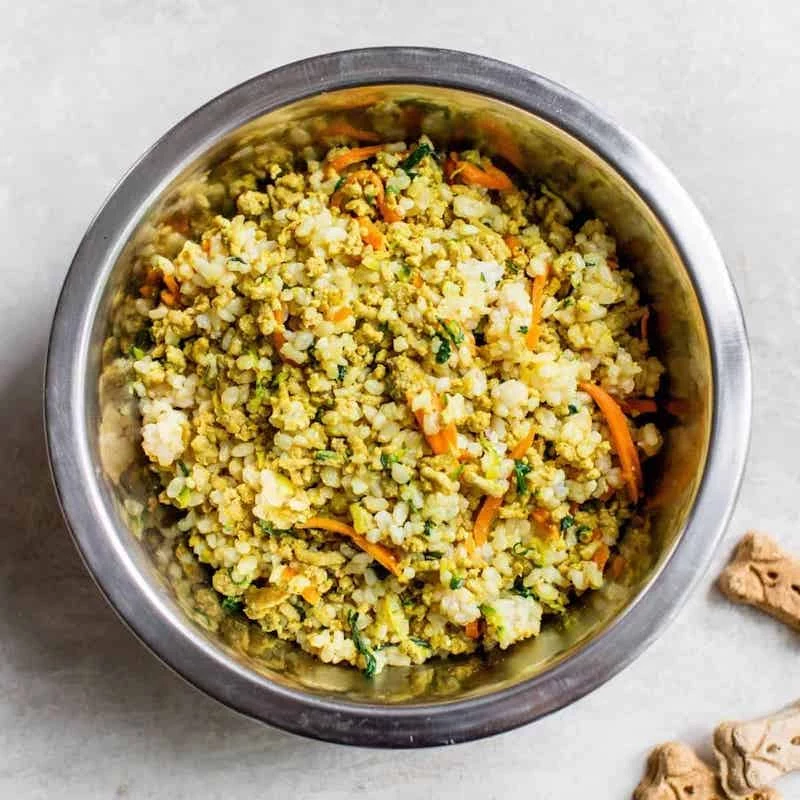
The Investment: Time vs. Money. Homemade food can seem cheaper when you just look at a grocery bill. But don’t forget to factor in the cost of essential supplements, the electricity for cooking and freezing, and most importantly, your time. For many, the peace of mind and visible health benefits are worth it, but a true cost analysis goes beyond the price of chicken.

The ‘ancestral diet’ isn’t just about meat. Wolves in the wild also consume the stomach contents of their prey, which includes pre-digested plant matter, providing a source of fiber and nutrients.
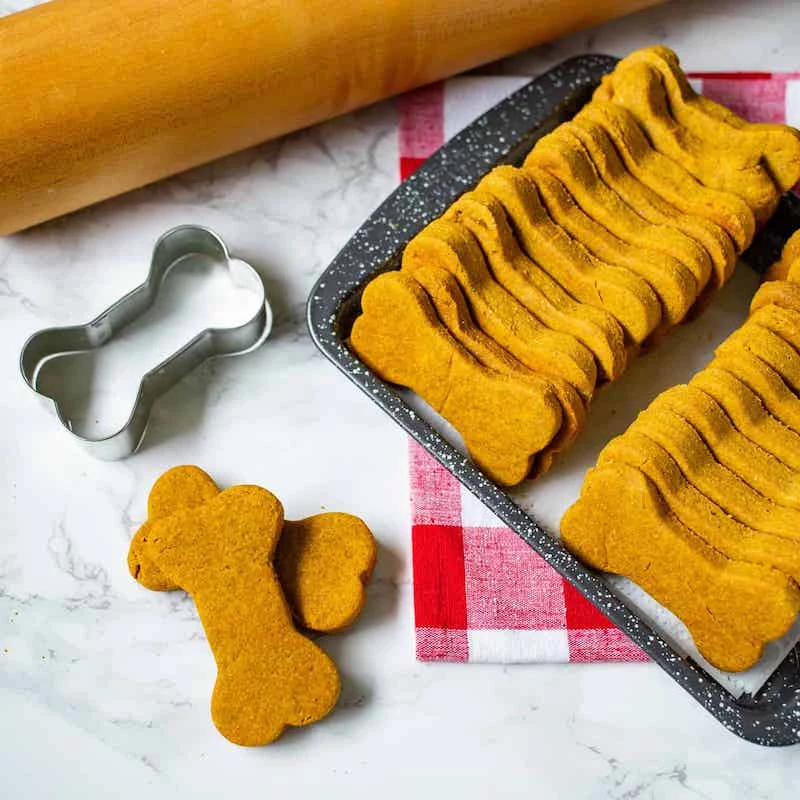
Feeling overwhelmed? Services like The Farmer’s Dog or Nom Nom have bridged the gap. They offer fresh, human-grade food that is pre-portioned and nutritionally balanced according to veterinary standards, delivering it right to your door. It’s a convenient, albeit pricier, alternative to both kibble and full DIY cooking.
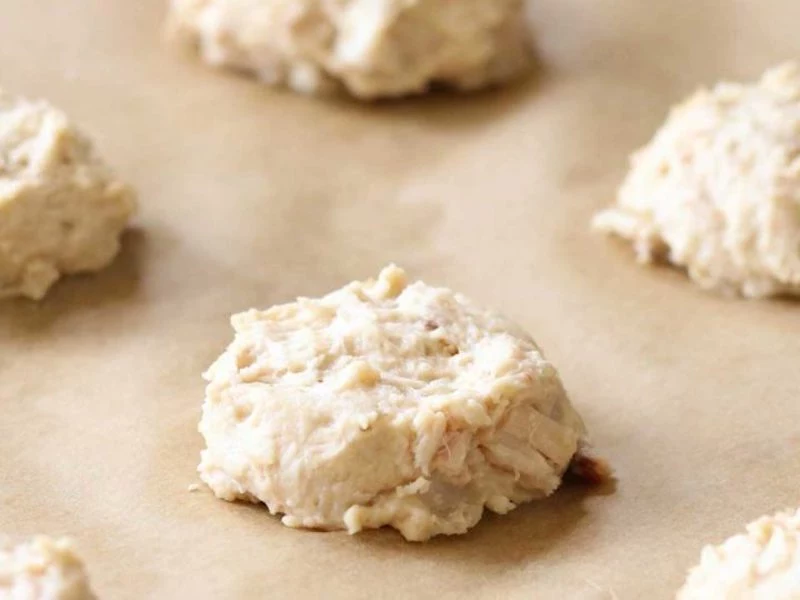
Keep a food journal for the first month of a new homemade diet. Note your dog’s energy levels, stool quality, skin condition, and appetite. This log will be invaluable if you need to troubleshoot an issue with your vet and provides a tangible record of the diet’s impact.

My dog has pancreatitis. Is homemade food an option?
It can be, but it requires extreme caution and veterinary supervision. Pancreatitis management hinges on a diet that is highly digestible and, crucially, low in fat. Any homemade recipe for a dog with this condition MUST be formulated by a veterinary nutritionist to avoid triggering a painful flare-up. This is not a situation for guesswork.

Save your (dog-safe) vegetable scraps! The ends of carrots, celery, and bits of sweet potato can be simmered in water to create a flavorful, nutrient-rich broth. Use it to cook your dog’s grains or pour a little over their food for extra hydration and taste. Just be sure to strain out the solid pieces and avoid toxic ingredients.
Kitchen Essentials: You don’t need a professional kitchen, but a few tools make the process much smoother. A reliable digital kitchen scale is non-negotiable for accurate portioning. A large food processor helps with finely chopping vegetables for better digestion, and a good set of airtight, freezer-safe containers is a must for storage.










